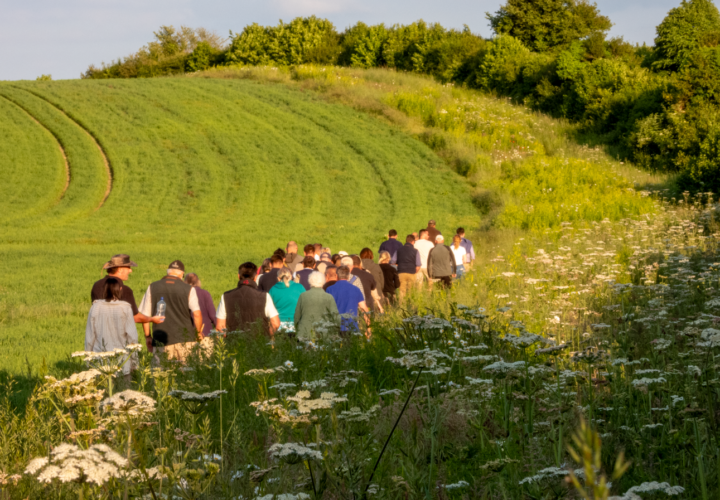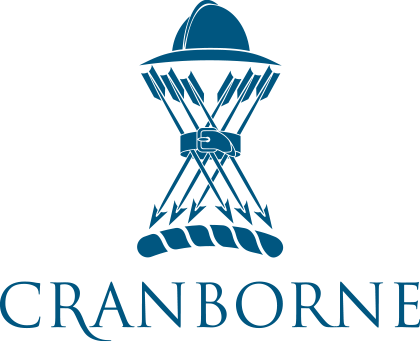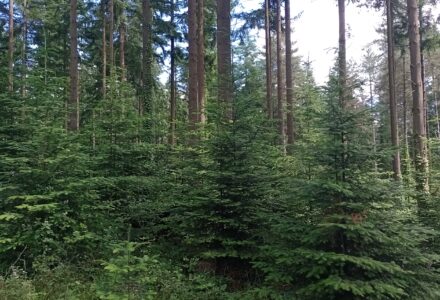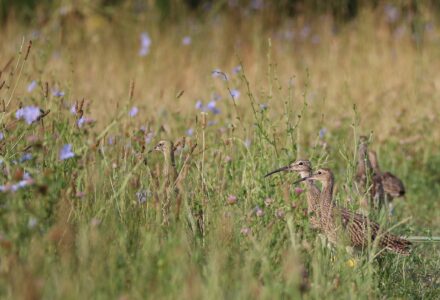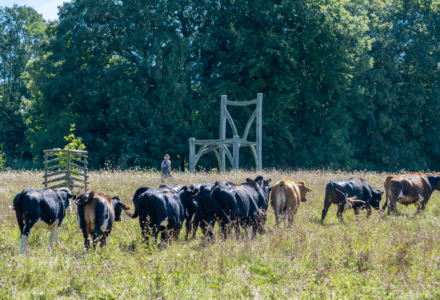A hedge-laying management system for improved habitats
Our hedges provide significant habitat for much of the wildlife in the farmed landscape – in fact over 2000 species large enough to be seen with the naked eye have been recorded in just a single good quality hedge (source: Hedgelink UK). There are many different component parts to a hedge other than a line of shrubs, for example, mature trees, shrub layers, bases, banks, ditches and margins, all of which need to be carefully considered when implementing a hedge management strategy.
At Cranborne, our team have developed a comprehensive hedge management plan designed to continually improve the habitat on the estate for the many species who make their home here.
A data-informed strategy
2004 research conducted by Croxton and Sparks (researchers who have studied the effects of hedgerow management on the abundance of flowers and berries for wildlife) shows that most hedgerow berries, a vital source of winter food for birds, have been depleted by mid-January. Therefore, unless absolutely essential, hedge cutting across the estate does not commence until after this time.
It has also been demonstrated that hedges which are cut to an ‘A’ shape, rather than the traditional, vertical sided hedges, develop thicker bases due to the increased light that is able to reach the lower part of the hedge. This results in a much longer functional life, therefore reducing the frequency of laying or coppicing.
Different species prefer hedges of differing heights, for example Grey Partridge and Whitethroat prefer short hedges, whilst Turtle Dove and Bullfinch prefer taller hedges.
We have categorised our hedges into three main types in order to continually improve the wildlife habitat across the Estate.
Categorising our hedges into three main types:
Type 1 – where hedges are against tracks or roads. This type will typically require essential annual cutting.
Type 2 – the principle method, where hedges are cut on a 3 year cutting cycle, to maximise flower and berry production. This is part of a longer 40 year Management Cycle at the end of which the hedge is rejuvenated by laying or coppicing to encourage structural diversity across the Farm. It has been demonstrated that leaving a hedge for three or more years between cuts significantly increases berry and flower production by as much as 3.5 times when compared to a hedge which is cut annually (Staley et al 2012).
Type 3 – these are ‘old growth’, essentially lines of trees which will have a minimum intervention. They can be extremely rich in biodiversity and provide rare farmland habitat features such as deadwood, fungi, lichens, liverworts and large swathes of ivy. Our woodlands are the principle habitat for bats within the farmed landscape, and were shown to be the preferred habitat for 15 out of 18 species of farmland bird in a 1994 study by Green et al.
Trees shrubs and climbers of the hedge
Nineteen native species have been selected for planting new hedges based on: structural properties, berry and fruit production, and general biodiversity value. We also recognise that a good quality wildlife hedge contains many common species which are not normally included in a hedge planting list. Species such as Ivy, Elder, Honeysuckle and Bramble which are fantastic for wildlife will generally find their way into a hedge over time.
Out-growths and margins
The best hedges for wildlife have clumps of bramble or roses growing out from the sides, along with suckering blackthorn or elm, and tussocky grasses, preferably including some wildflowers. We allow at least 2m of width for patchy out-growth between the hedge and crop, or flower margin. The margin can be topped as part of the three year cutting cycle.
Ideally, beyond the tussocky out-growth would be a flower rich margin to provide a source of nectar for bees, butterflies and a host of other invertebrates.
An evolving strategy
The Land Management team at Cranborne regularly review the hedge laying management system to ensure we are caring for our hedgerows, and the species who make their homes there, in the best possible way we can. Should some practices prove to be more successful and others less so, we adapt our system and planning accordingly, learning from the data and findings in order to continually make improvements which benefit the wildlife within the farmed landscape.
